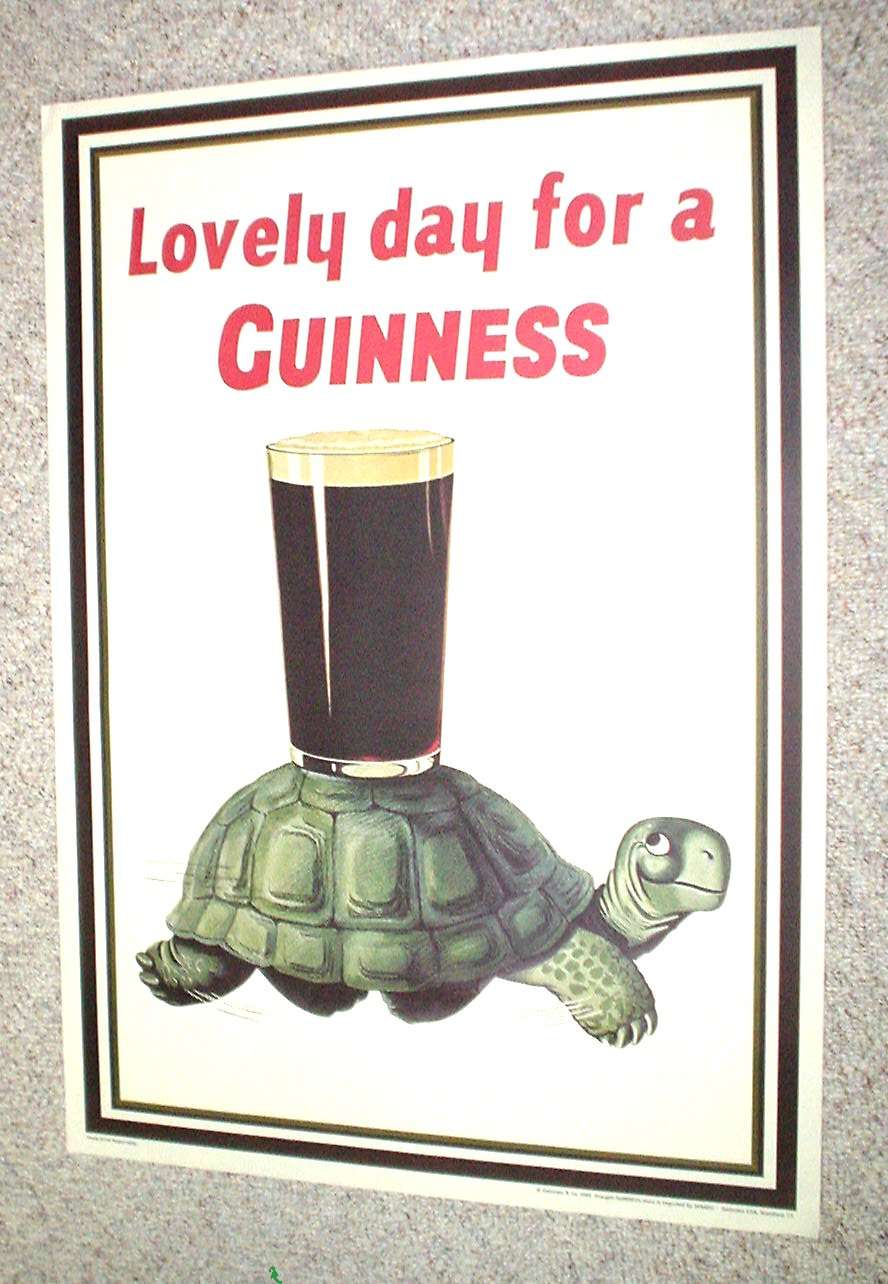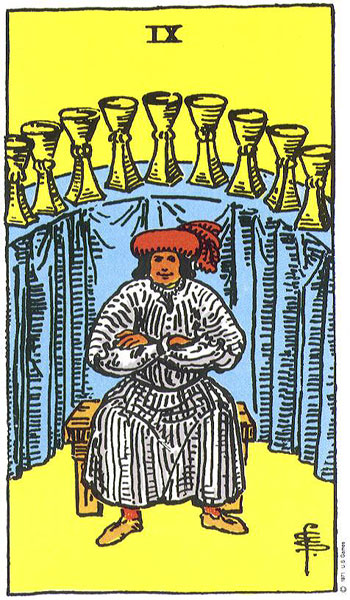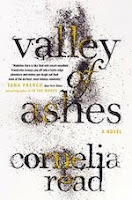Since I was twenty, I’ve had a bit of a problem with the new year, specifically, “old year’s night” as my dad calls it. I quite like that term, “old year’s night” – it gives the occasion a sense of mystery, a sense of farewell, yet at the same time, and anticipation of things to come. That excitement was turned to some sort of dread many years ago, when my brother, - who’d been complaining of a loss of feeling in his hands, and “tingling” in his arms – had an appointment with a neurosurgeon on December 31st. He was due to join the Royal Navy just a couple of weeks later, and was just beside himself with excitement. We all assumed that his symptoms were a bit of tennis elbow to be sorted out before he began his training. The trio – my parents and my brother – came home from the hospital late in the day, crestfallen. My brother went to his room and did not come out until close to midnight, to share the shank of old year’s night with the family. It was as the clock struck twelve, when my mother kissed my brother and held him oh so tight, and my Dad looked away so that I would not see his tears, that I knew we were on the edge of a precipice, and who knows where we would all be in a year. Because that’s the thing, isn’t it? We don’t necessarily think of the year past, but with a gulp we look at the year to come and wonder what it will bring, and how we will accept abundance with grace, loss without losing ourselves, and how we might keep those things we love about us, and jettison those things that will weigh down our journey. And with all that, who will we be next year?
New Year makes me feel a bit like Wile E. Coyote at the point when, having just chased the road-runner to the edge of a precipice, he looks across as his quarry hops effortlessly across the divide onto the other side, then takes a run at the gap himself, but instead falls into the abyss until, splat! A really bad landing. That’s when he goes to the ACME Company’s trusty catalog for a parachute or some flying contraption to get him across. Which is probably where the lesson is – we can try all sort of things to get over that canyon, between this year and the next, but a knowing look back and a quick confident hop is all it takes.
In my case, all’s well that end’s well, because despite the fact that that year was one of the very worst for my family (and the next few years weren’t much better), my brother is careening toward forty-eight this year and although he didn’t join the navy, he eventually became a gifted, creative landscape gardener and designer, and it is probably evident that the military might not have suited him at all. Mind you, the process of witnessing my brother’s journey though a life-threatening illness taught me more than a few lessons. It showed me how to look back with compassion, to forgive the ups and downs that cause us to say things we don’t mean, and do things we might never otherwise do. And even though I have an almost paralyzing fear that passes through me as the clock strikes the hour marking the passing of the old year, the ACME glass of champagne in my hand and, if I am at a party, the cheers and off-key ACME rendition of “Auld Lang's Ayne” rattling the rafters, remind me to look forward, not back, to welcome the year still in its swaddling clothes, and remember, hackneyed as it seems, that life is what you make it. My brother is really, really good at that.
So, from the Wile E. Coyote of old year’s night, I wish you a wonderful weekend, and a year to come that is filled with love, peace, joy, accomplishment and community. And here’s a verse to leave you with. It is the one I look to every new year’s morning – you know it well :
DESIDERATA
by Max Ehrman
Go placidly amid the noise and haste, And remember what peace there may be in silence. As far as possible without surrender be on good terms with all persons. Speak your truth quietly & clearly; and listen to others, even the dull & ignorant; they too have their story.
Avoid loud & aggressive persons, they are vexations to the spirit. If you compare yourself with others, you may become vain & bitter; for always there will be greater and lesser persons than yourself. Enjoy your achievements as well as your plans.
Keep interested in your own career, however humble; it is a real possession in the changing future of time. Exercise caution in your business affairs; for the world is full of trickery. But let this not blind you to what virtue there is; many persons strive for high ideals; and everywhere life is full of heroism.
Be yourself. Especially, do not feign affection. Neither be cynical about love; for in the face of all aridity & disenchantment it is perennial as the grass. Take kindly the counsel of the years, gracefully surrendering the things of youth. Nurture strength of spirit to shield you in sudden misfortune. But do not distress yourself with imaginings. Many fears are born of fatigue & loneliness. Beyond wholesome discipline, be gentle with yourself.
You are a child of the universe, no less than the trees & the stars; you have a right to be here. And whether or not it is clear to you, no doubt the universe is unfolding as it should.
Therefore be at peace with God, whatever you conceive Him to be, and whatever your labors & aspirations, in the noisy confusion of life keep peace with your soul. With all its sham, drudgery & broken dreams, it is still a beautiful world.
Be cheerful.
Strive to be happy.
































































